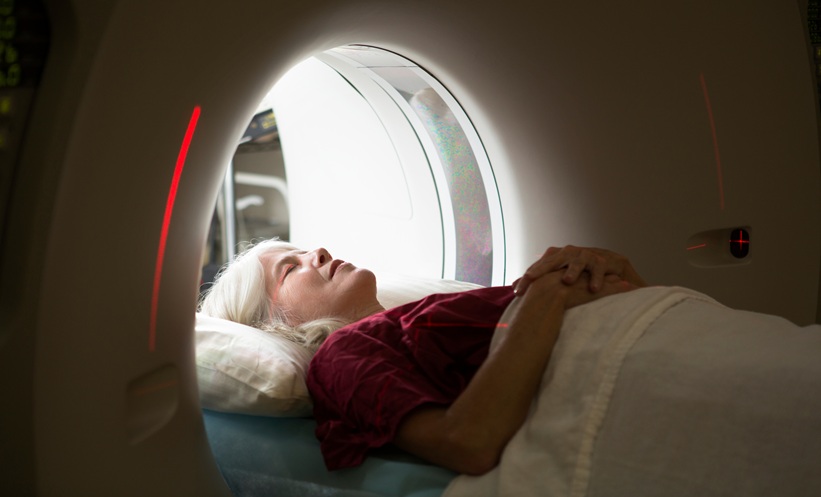BACKGROUND AND AIM
TMA-93 is a French memory test that examines binding by images.1 Drawings of familiar objects of everyday life are displayed in semantically related pairs during the encoding phase; participants must recall the missing drawing when the associated one is provided. This retrieval phase is repeated up to three times to assess participants’ learning abilities.1 The maximum total score is 30 out of 30.1 The aim of this study was to report the preliminary results of an ongoing normative study from Spanish population for the test.
MATERIALS AND METHOD
Partners of patients who attended the Memory Unit, Hospital Virgen del Rocío, Seville, Spain, from July 2018 to April 2019 were invited to participate. These patients were aged ≥50 years old; had no memory complaints; scored ≥10th percentile on Phototest, a short cognitive test with normative data in Spain; and gave informed consent. Age (<65, ≥65), educational attainment (<first grade, first grade, or >first grade), and gender were considered as sociodemographic variables. A stratified analysis by combinations of significant socio-demographic variables was performed.
RESULTS
In total, 1,091 subjects were included from July 2018 to April 2019. Total scores for TMA-93 showed a non-normal, left asymmetric, and leptokurtic distribution (P5=22, P10=24, P25=27, P50=29, P75=30). There were significant differences between groups according to age and educational attainment, so a stratified analysis by these sociodemographic variables was undertaken (Table 1).
CONCLUSIONS
Total scores for TMA-93 show a non-normal, left asymmetric and leptokurtic distribution in Spanish people aged ≥50 years old. The test works with a ceiling effect that is mitigated by older age and lower educational attainment.

Table 1: Normative data stratified by age and education for TMA-93 total scores.








